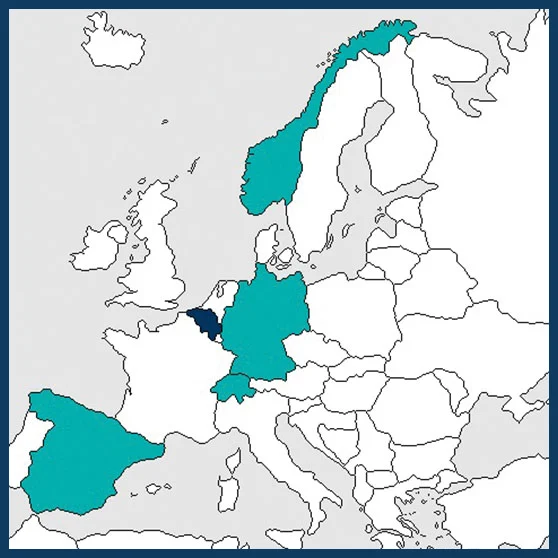03-2017 to 02-2020
€ 1,349,921
Prof. Dr. Elie Verleyen
elie.verleyen@ugent.be
Ghent University, Ghent, BELGIUM (Coordinator)
University of Rostock, Rostock, GERMANY
The Arctic University of Norway, Tromsø, NORWAY
Universidad Autónoma de Madrid, Madrid, SPAIN
Swiss Federal Research Institute, Birmensdorf, SWITZERLAND

Nowhere is climate change more intense and visible than in the Arctic, making it a critical reference region for the detection and understanding of global change and its effects on biodiversity. Arctic soils and lakes in particular appear to be very sensitive to climate change because of their close proximity to tipping points related to the 0°C threshold. While the biogeochemical cycles and functioning of these ecosystems are to a large extent controlled by microorganisms, little is known about their genetic diversity and functional activity in Arctic soils and lakes. Data on the response of Arctic microbiota are however urgently needed, given the important role Arctic terrestrial ecosystems play in the global carbon cycle. More particularly, over millennia, the cold Arctic climate has minimized the breakdown of organic matter leading to large quantities of carbon and nitrogen stored in the permafrost.
The main objective of CLIMARCTIC is to study the potential effects of climate change on the microbial diversity and functioning of High Arctic soils, wetlands and lake sediments. This will allow the research community to assess their role as feedback mechanisms in the global climate system.
The project will implement five main activities:
1. The study of the biodiversity and structure of dormant and active microbial communities and food webs in soils and lakes along environmental and temporal (diurnal and seasonal) gradients;
2.The assessment of the role of biodiversity and climate change on ecosystem functions such as carbon, nitrogen and phosphorus cycling;
3. The study of the ecophysiological and biogeochemical responses of these communities to changes in temperature, water availability, growing season length and light;
4.The quantification of the dynamics and transfer of nutrients, carbon and biota between soils and lakes;
5.And finally the study of the rate of change and temporal (natural) variability in food web structure and nutrient concentrations in lake sediments and the soils, also in response to past climate anomalies over the past 2000 years.
The results of CLIMARCTIC will be communicated to a variety of stakeholders including the media, national conservation bodies, the general public, students, Arctic indigenous people, and leading national and international science policy initiatives, such as the Arctic Council, the European Polar Board, the Svalbard integrated Arctic Earth Observing System, EU-Polarnet, and the IPCC (Intergovernmental Panel on Climate Change).